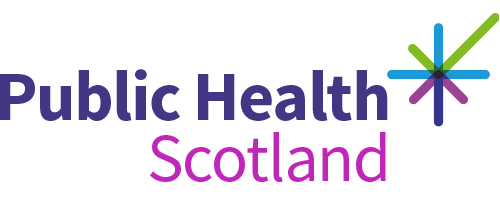- Published
- 02 June 2025
- Journal article
Examining the relationship between neighbourhood satisfaction, physical activity, and well-being in 11 cities in the Global South during the COVID-19 pandemic
- Authors
- Source
- Cities
Abstract
During the COVID-19 pandemic, various restrictions limited social and physical interactions, negatively affecting health and well-being worldwide. Future pandemics are likely, and researchers from several disciplines have been exploring effective strategies to mitigate these harmful effects. In urban and transport planning, neighbourhood design can serve as a valuable policy tool. Specifically, creating more satisfying neighbourhoods can encourage physical activity and enhance residents' well-being. However, most studies have focused on developed countries, leaving a gap in research on the Global South. Given the cultural and environmental differences between the Global North and South, it is essential to examine these relationships in cities across the Global South. This study analysed data from 11 Global South cities using the RTP3 Household Survey and multilevel logistic regression. The findings indicate that neighbourhood safety and access to parks are positively associated with physical activity, which, in turn, improves public health. Additionally, neighbourhood satisfaction is linked to higher levels of physical activity and greater subjective well-being. However, variations exist across different countries, emphasising the need for area-specific evidence to guide urban and transport planning.
Rights
This content is not covered by the Open Government Licence. Please see source record or item for information on rights and permissions.
Cite as
Hong, J., McArthur, D., Thakuriah, P., Cho, Y. & Park, S. 2025, 'Examining the relationship between neighbourhood satisfaction, physical activity, and well-being in 11 cities in the Global South during the COVID-19 pandemic', Cities, 165, article no: 106082. http://dx.doi.org/10.1016/j.cities.2025.106082
Downloadable citations
Download HTML citationHTML Download BIB citationBIB Download RIS citationRISIdentifiers
- Repository URI
- https://eprints.gla.ac.uk/355339/
